What Happens When It Rains on Safari?
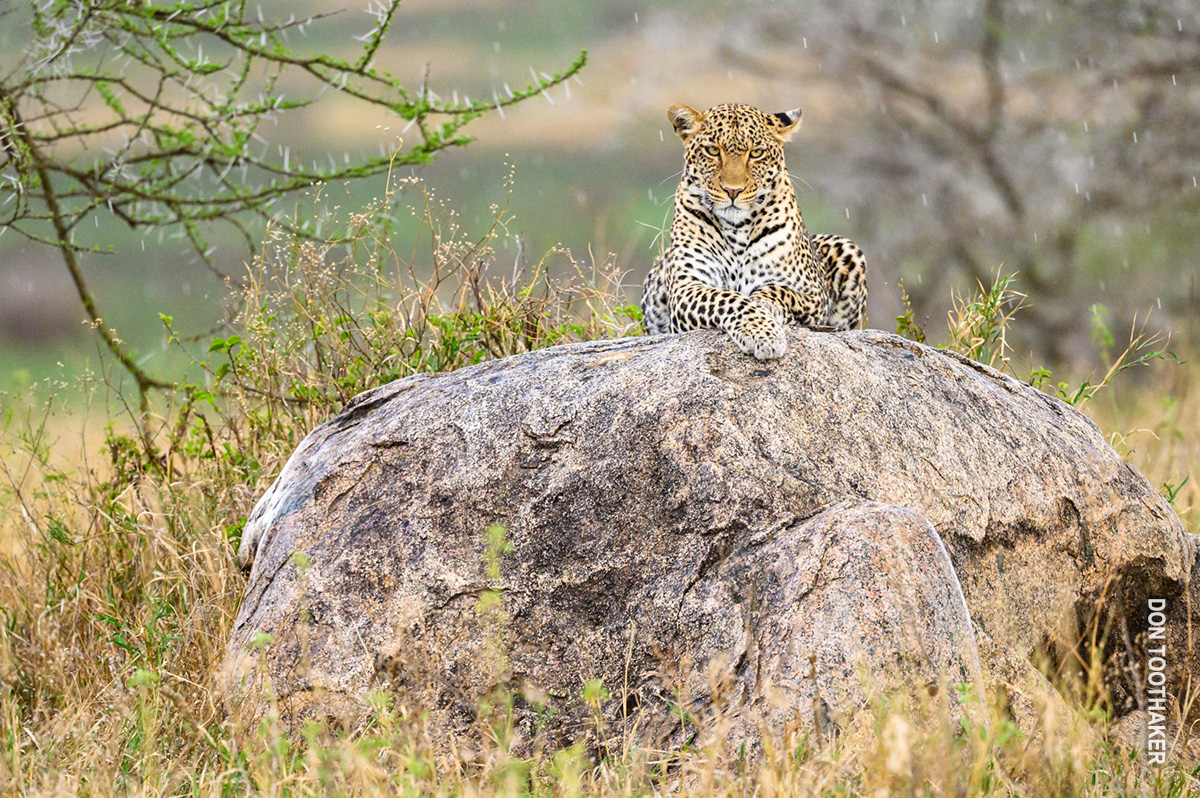
Rain on your safari? What a nightmare!
Or is it?
My name is Christine Smith, and I’m a Trip Manager here at Thomson. I’m your go-to resource once you’ve booked your safari. I’ll answer all your questions, help get your travel documents together and make sure you’re prepared for your adventure. Some of the questions I hear most are, “What happens if it rains? Will we still be able to see the wildlife? Will we have to change our plans?”
I just arrived home from my very own safari where I encountered some unusual stormy weather, and I can now confidently say that rain only makes a safari better! Here’s why:
Every Rain Cloud has a Silver Lining
On my very first day in Tanzania, my flight from Arusha to the Eastern Serengeti was cancelled due to increasingly rainy weather. We ended up on a flight from Arusha to Lobo, a nearby air strip, a few hours later. As we were about to land in Lobo, officially marking the start of our journey, we flew over a large rock with a pride of majestic lions. The mothers and their cubs watched as we flew by, as mesmerized by us as we were by them.
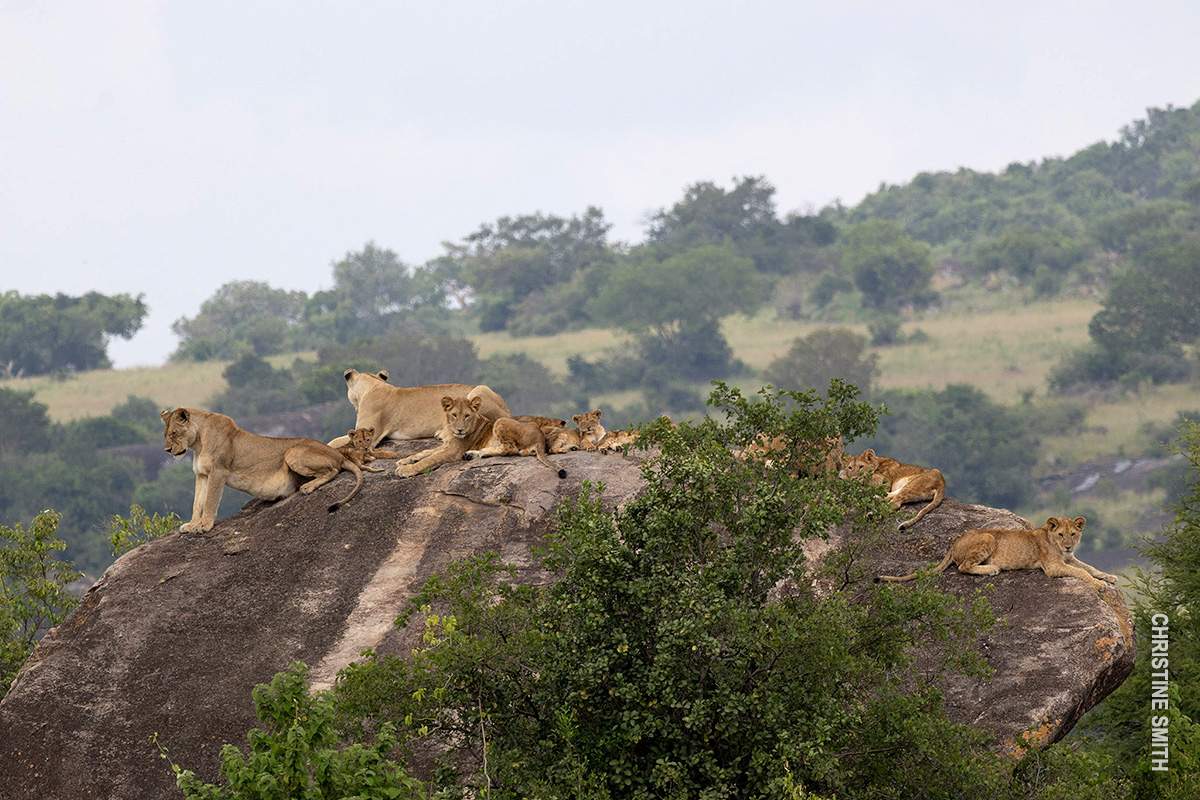
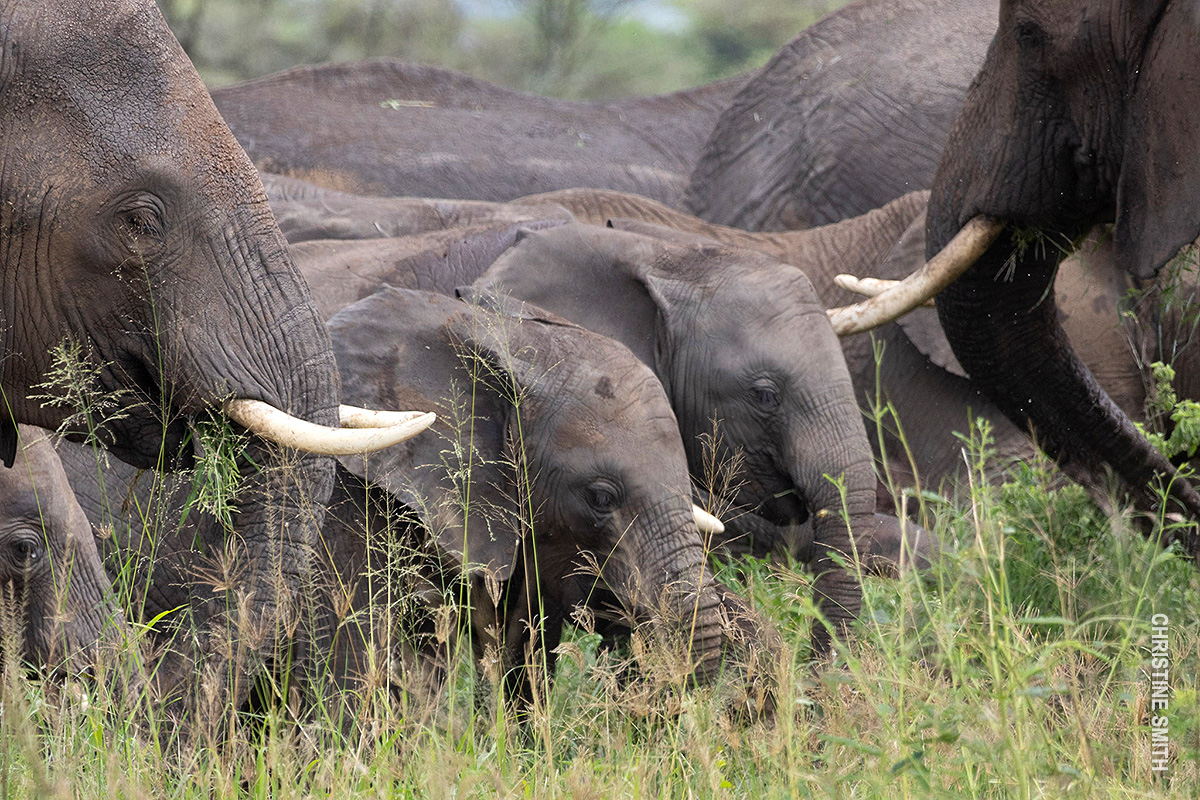
A few hundred feet later we flew over a herd of elephants playing in the river, and then a family of giraffes eating their lunch. For the rest of my safari, my group joked that they must have been planted for us to see, because it seemed just too good to be true, and we never would have seen it without the rain.
Shortly after we landed, we drove by those lions and elephants; I was so glad I had the opportunity to photograph them from the vehicle, they are some of my favorite photos from my safari.
Happy Animals, Better Sightings!
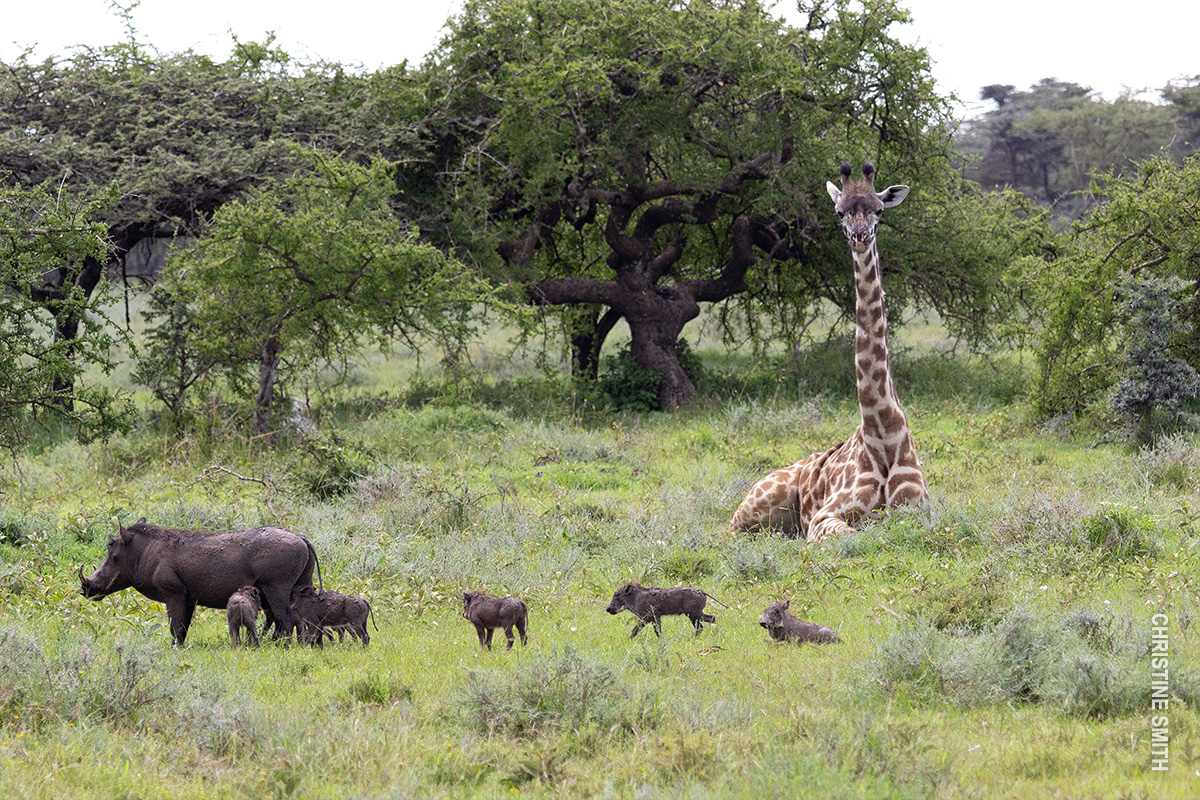
The rain brings much-needed hydration to the African savanna. Lush greenery replaces dry brush, making animals more active and easier to spot. Predators tend to be on the hunt for prey after a downpour, while herbivores graze on the fresh bounty. Rain also fills up watering holes and puddles. With readily available water after rainfall, animals don’t need to be as cautious and can devote more energy to activities like foraging and socializing. This increased activity means a higher chance of witnessing incredible wildlife interactions.
The Great Relocation
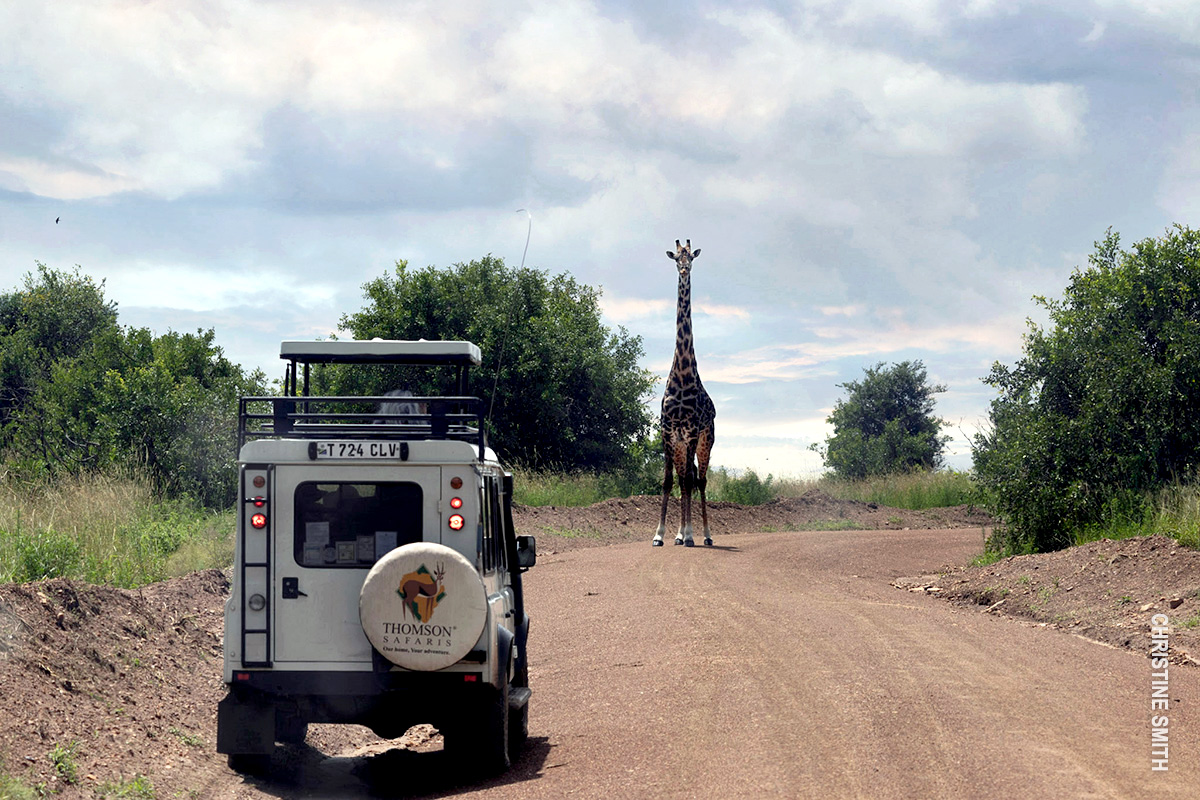
Rain can turn dusty paths muddy, making them less appealing to animals. However, this doesn’t mean they disappear! Animals often head for the more manageable terrain of the main roads, putting them right in your safari vehicle’s path.
“Life isn’t about waiting for the storm to pass; it’s about learning how to dance in the rain.”
One morning, we drove by a family of wildebeests on the side of the road. Our guides, James and Patrick, observed that the two smallest calves had been born just hours before. We sat in awe as one baby stood up for the first time and took its first steps towards our vehicle. It was another moment that left our group speechless and seemed too good to be true, but there it was just feet away from us.
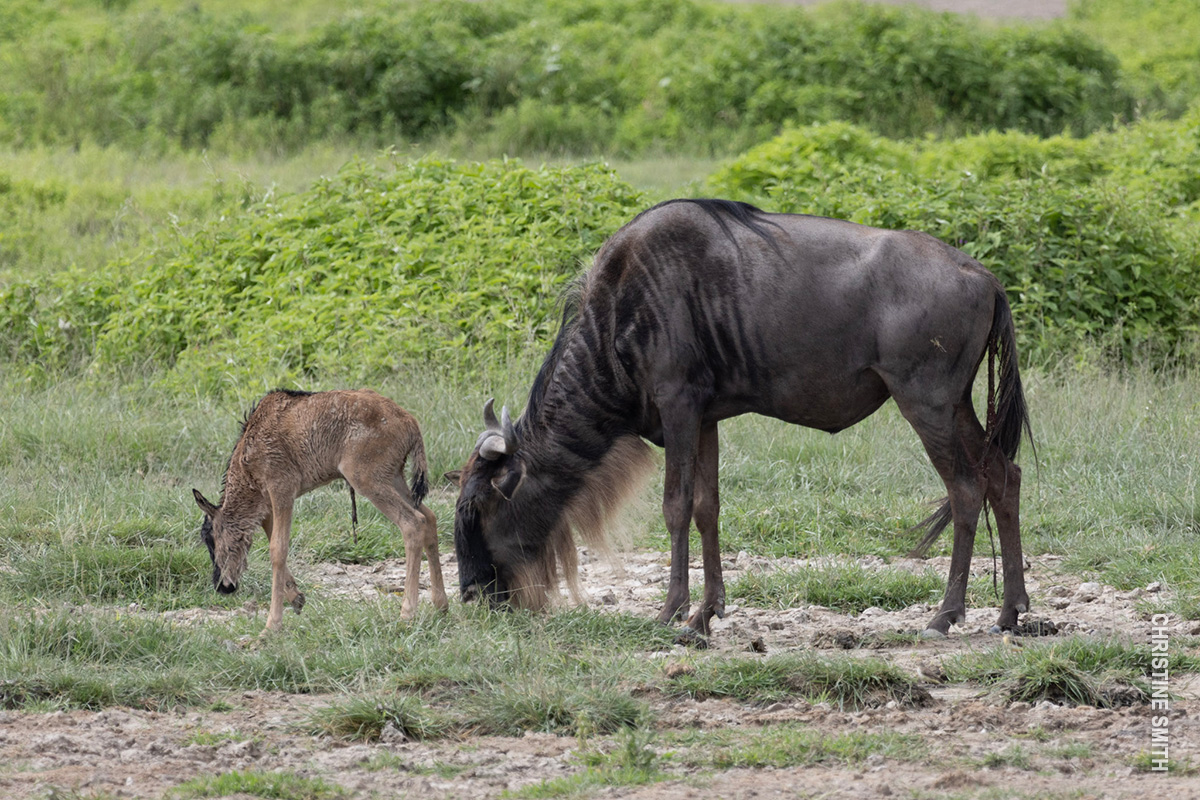
A Photographerʼs Paradise
The rain can wash away dust and haze, creating a crystal-clear atmosphere for stunning wildlife photography. Raindrops glistening on an elephant’s back, or a zebra emerging from a misty landscape – these are the kind of dramatic shots worth showing off.
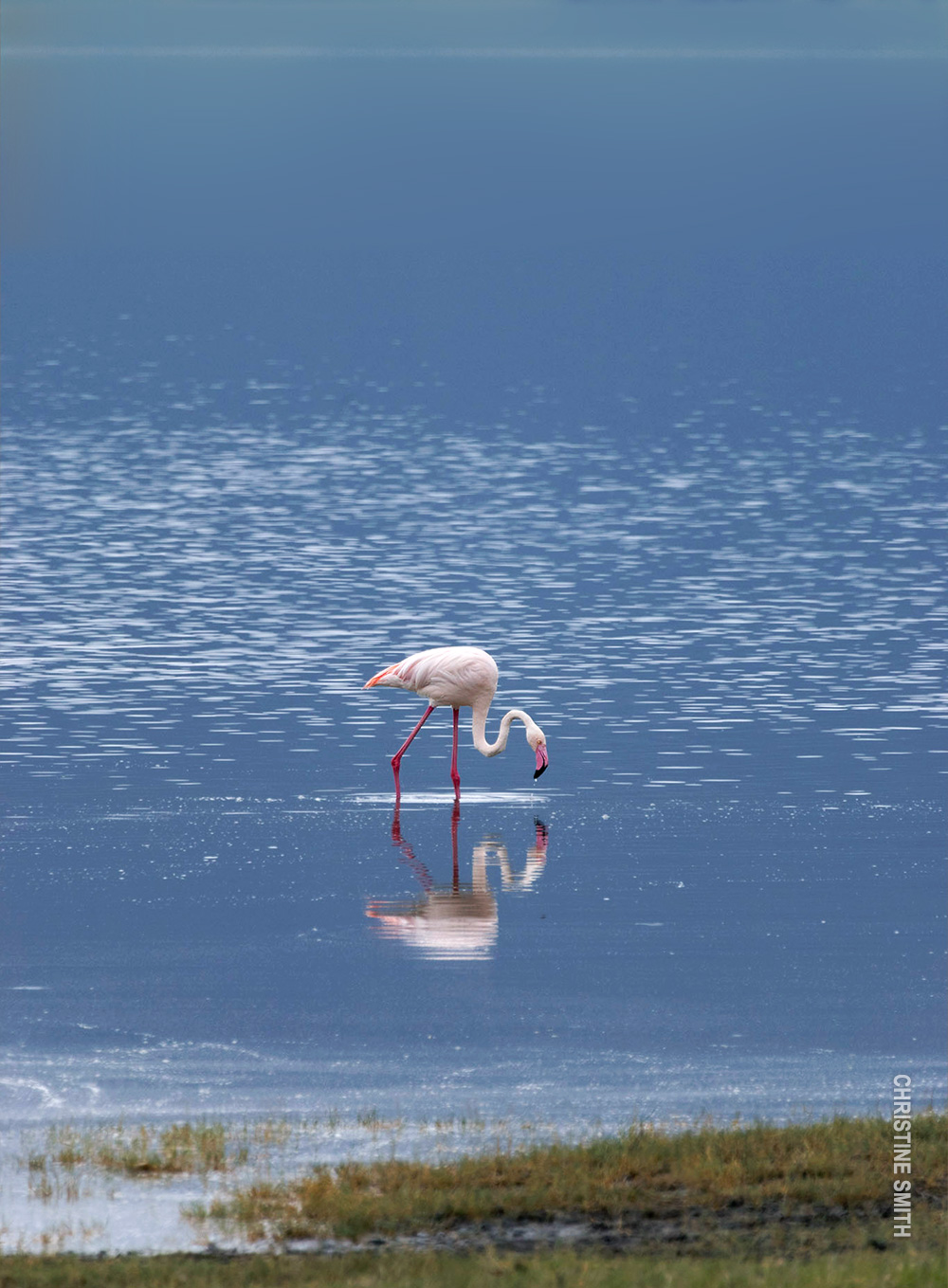
I’m a photography enthusiast, and I brought my camera and two lenses. My shortest lens was 80 mm, and my longest lens was 400mm, which I felt was the perfect length, because there were many times when animals were close to the vehicle, and I didn’t need that long lens.
You might’ve seen some of my photos on our social media recently (and if you don’t follow us, you should!).
Safari in the rain can be an amazing experience.
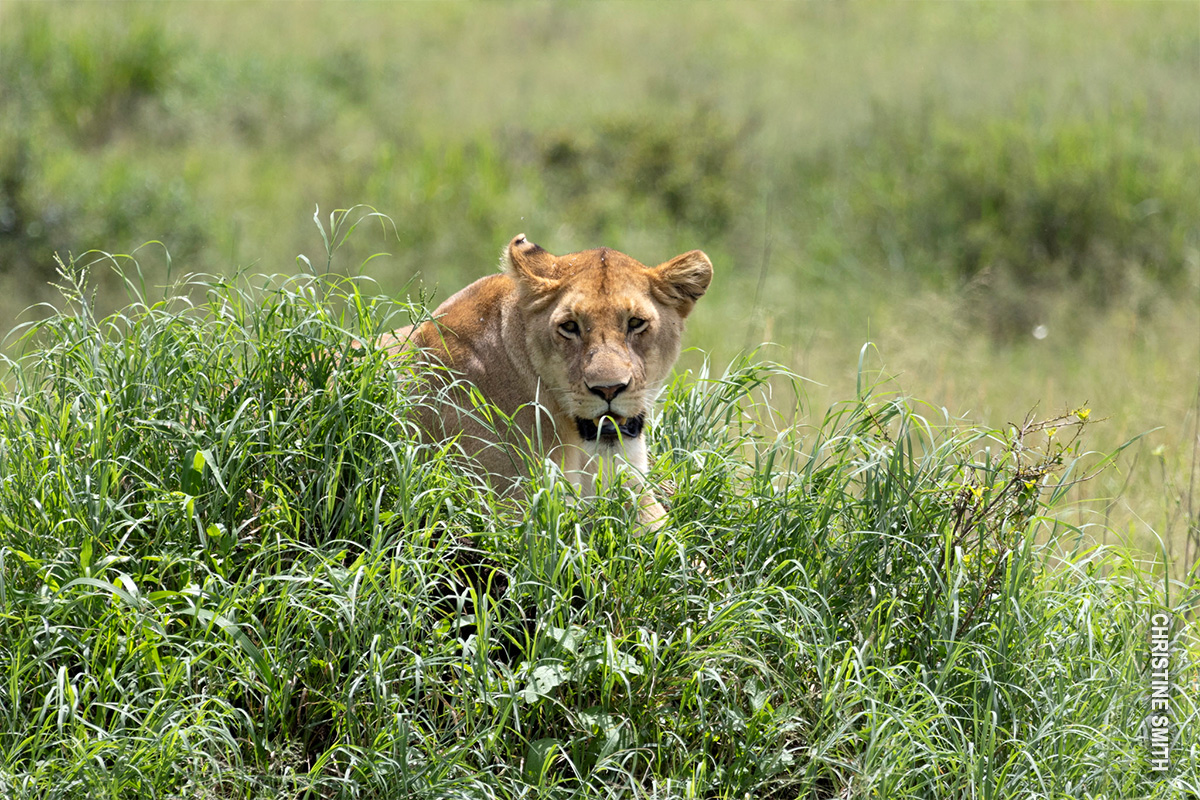
Just make sure you pack accordingly. A waterproof jacket, quick-drying clothes and a poncho are lifesavers on a rainy safari. Don’t forget a lens cloth for your camera to keep those rainy day wildlife shots crystal clear.
Safe travels, and don’t be afraid to dance in the rain!

